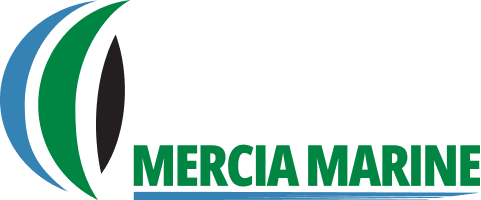Skip to content
- Abaft
- Outside of the boat toward the stern/ rear of the boat.
- Abandonment
- Abandonment is when under certain circumstances the insurance claimant abandoned either damaged or misplaced property but is still entitled full settlement of a claim.
- Abeam
- Refers purely to the direction that runs perpendicular to the forward-facing direction of a vessel.
- Accident
- From a boat insurance perspective, an accident is an event that is unintentionally caused by the policy holding party.
- Act of God
- An extreme unforeseen occurrence of nature such as a freak storm or large tidal wave that, by no fault of any human, results in a boat insurance claim.
- Actual Cash Value
- Actual Cash Value is used in the event of a total loss, the market value, which is determined by age and condition of the boat at the time of the loss. Boat insurance companies often use industry or key internet reference materials to determine market value.
- Actual Total Loss
- The insured vessel/ property is completely destroyed, posted “missing” at Lloyd’s or the insured is irretrievably deprived of the insured property (e.g. a sinking at sea)
- Adrift
- Adrift, as its title implies, is simply loss of any method of propulsion (even manual) whilst afloat. This is something we hope you will never be!
- Aft
- Aft simply means near to or towards the stern of a vessel.
- Agreed Vessel Valuation
- Agreed Vessel Valuation is when the insurer agrees to pay in full the stated amount insured in the event of a total loss without any adjustment for depreciation or appreciation. Partial loss replaces most items on a ‘new for old’ basis. Agreed Value for a total loss is intended to replace your vessel with a vessel of a similar age, type and condition (current market value) it is important the correct value is arrived at when the insurance starts.
- Aground
- Aground is simply when a boating vessel has bottomed on shallow water or along a shore. Clearly where it is impossible to return the boat to the water the vessel is in much greater risk of boat insurance claim.
- A-lee
- To leen on the side of a boat in the opposite direction away from the source of wind.
- All Risks Policy
- A boat insurance policy which also covers incidental damage or loss.
- Aloft
- Anything that is overhead or above deck.
- Amidships
- Boating term for the middle of the vessel.
- Anchor
- A piece of material (usually metal) designed to prevent drift when a boat is at rest through connecting the boat to a river or ocean bed. Anchors are highly functional but are also considered an essential safety device (sometimes mandated by boat insurance companies for certain vessel types) as besides docking they can used in emergency situations, i.e. where control is lost and the boat would otherwise drift on free flowing waters.
- Application
- An application is a legally binding submission (either written or electronic) of boat insurance requirements so that an underwriting company can subsequently determine a boat insurance quote.
- Ashore
- General reference used in insurance documentation to point to either persons or vessels being on land.
- Aspect ratio
- The aspect ratio is the ratio of sail height in comparison to length. Wider shorter sails have a lower aspect ratio and vice-versa.
- Assignment
- Assignment is where the rights of one individual or organisation are transferred to another.
- Astern
- Astern simply means toward the rear, the back of or behind the vessel, boat or ship.
- Average Adjuster
- The average adjuster is the person who applies professional boat insurance industry standards and correct principles in the adjustment of marine claims.

